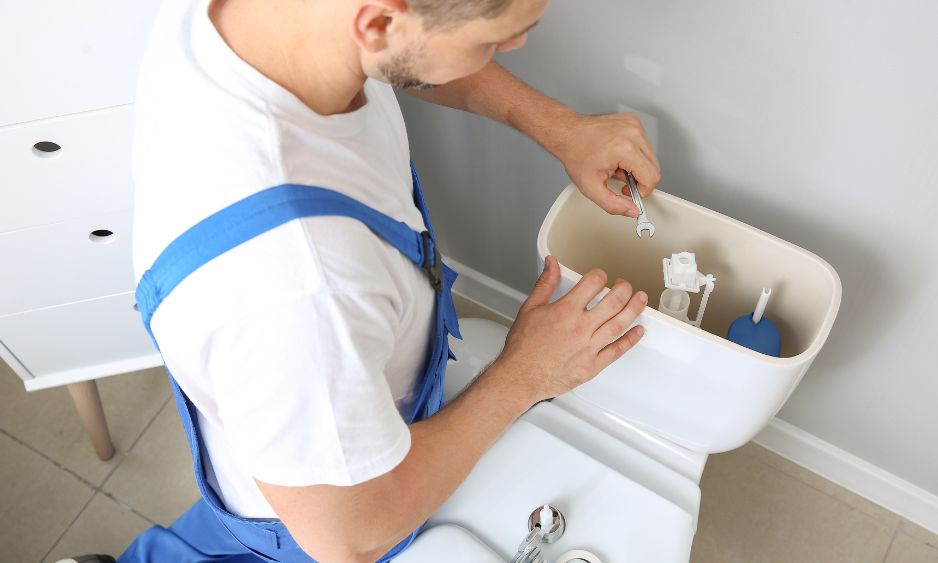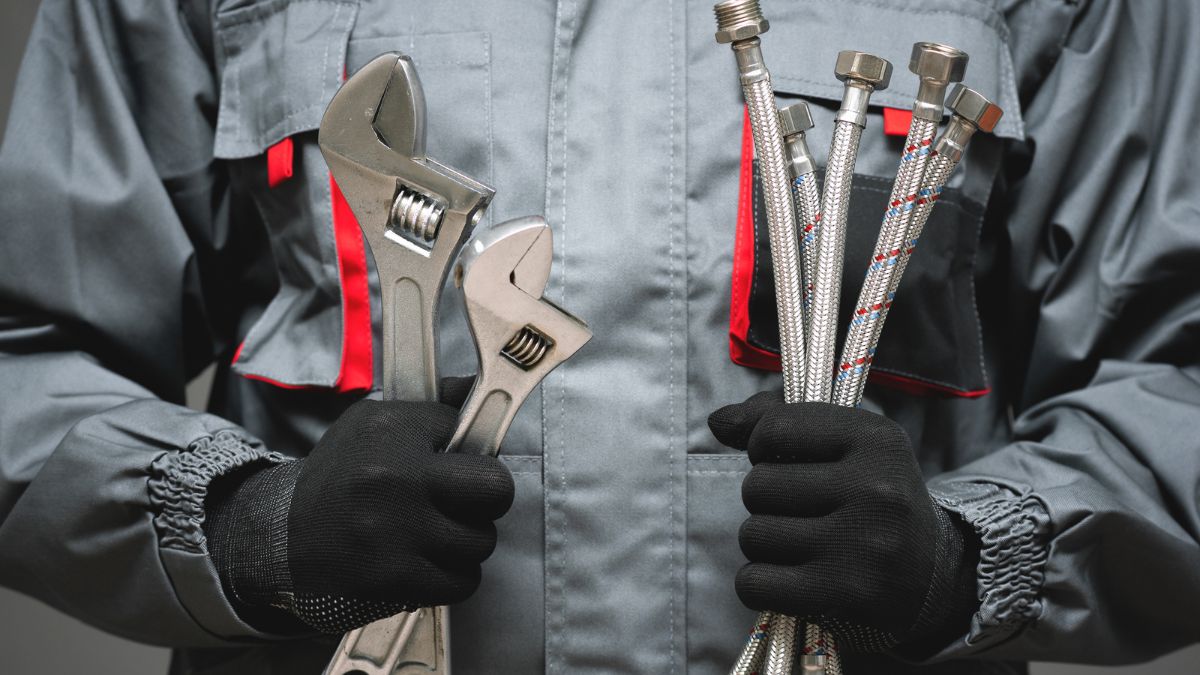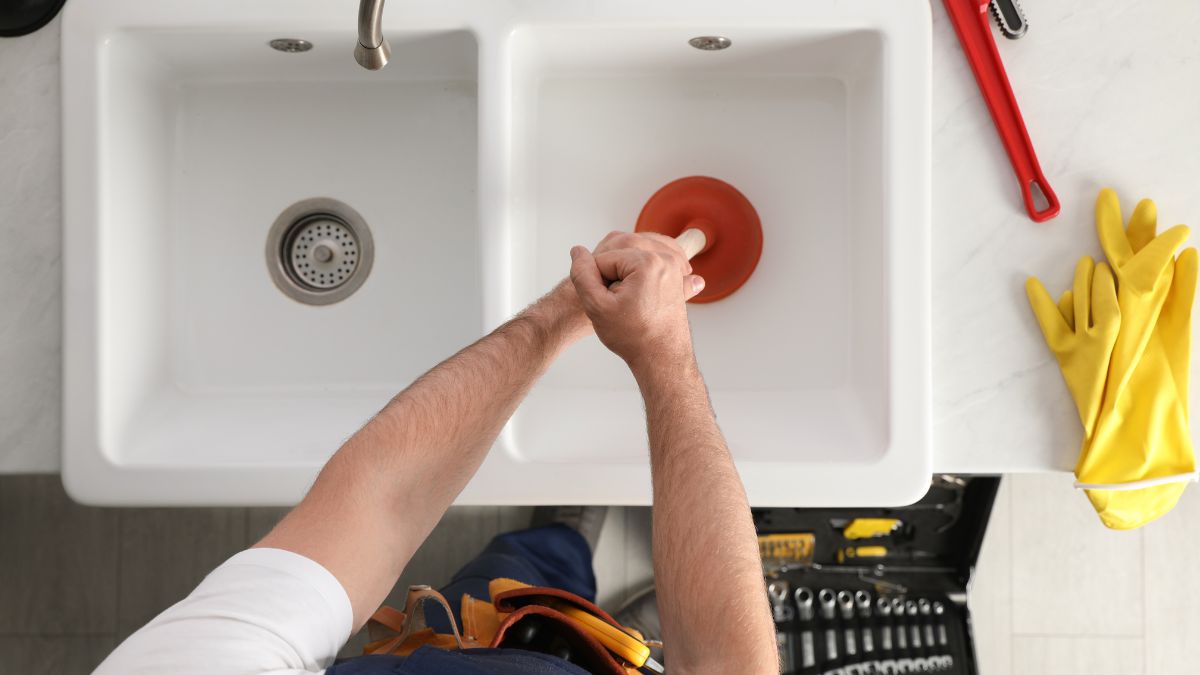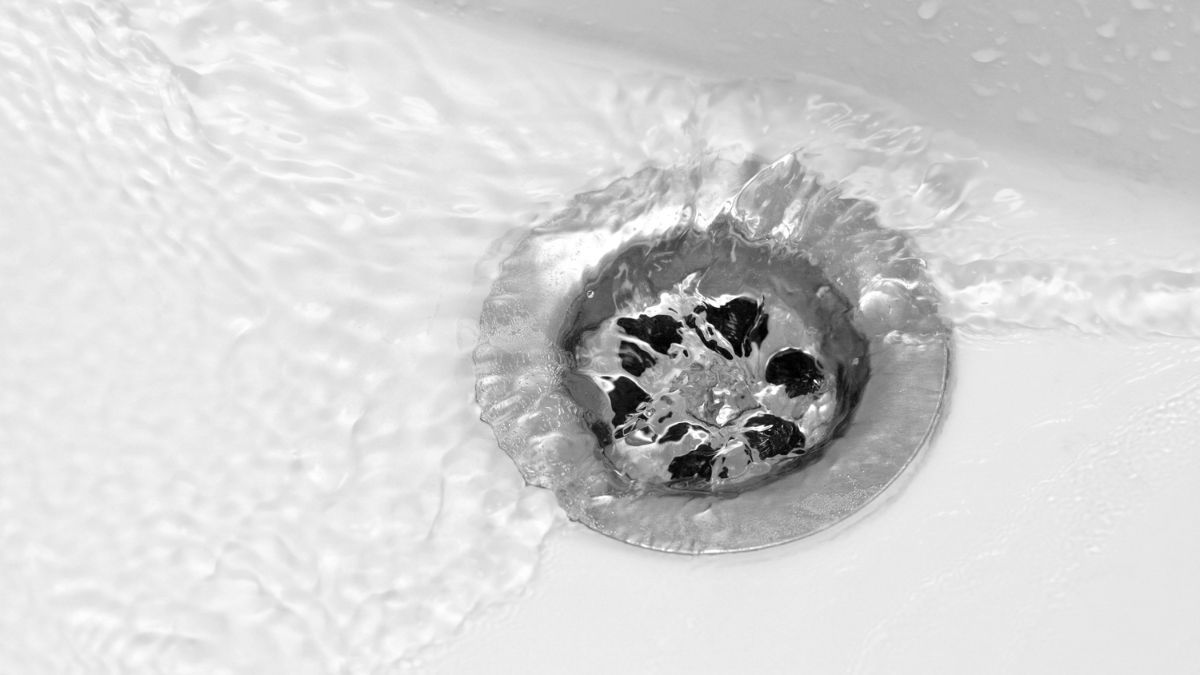Common Causes of Clogged Toilets
Dealing with a clogged toilet can be a frustrating and often unpleasant experience. Understanding the common causes of clogged toilets is essential in taking the right steps to prevent and address these issues. In this article, we’ll explore the typical reasons toilets become clogged and provide some tips on what to do when faced with this common household problem.
Reasons Your Toilet Keeps Clogging
Excessive Use of Toilet Paper
Using too much toilet paper can easily lead to clogs. It’s important to use a reasonable amount and consider the flushing pressure of your toilet.
Flushing Non-Flushable Items
Foreign objects such as wipes, feminine hygiene products, and even certain types of thicker toilet paper can lead to a clogged toilet. These items don’t disintegrate like regular toilet paper and can block the sewer lines.
Related article: Never Put These 13 Things Down Your Drain
Tree Roots in Sewer Lines
Tree roots can infiltrate sewer lines, especially in older systems, and cause blockages. These roots can restrict the flow of waste and lead to recurring clogs.
Low-Flow Toilets
Older low-flow toilets may lack the necessary flushing power to clear the drain line effectively, leading to frequent clogs.
Sewer Line Issues
Problems in the main sewer line, such as blockages or damage, can affect the plumbing system in your home, including the toilet.
What To Do
Addressing Minor Clogs
For minor clogs, a plunger can often be effective. Ensure a good seal and use a pumping motion to clear the blockage.
Avoid Chemical Drain Cleaners
These can damage your plumbing and aren’t always effective against all types of clogs.
Call a Professional
For persistent or severe clogs, it’s advisable to call a plumber. They have the tools and expertise to diagnose and solve the issue without causing further damage to your plumbing system.
Preventive Measures
Regular maintenance of your plumbing and being mindful of what goes down your toilet can go a long way in preventing clogs.
Conclusion
Clogged toilets are a common household issue that can range from simple to complex. By understanding the common causes and appropriate responses, you can prevent and efficiently deal with these situations. Regular maintenance and mindful usage are key to keeping your toilet functioning properly.
WHY CHOOSE US?
At The Plumbing Life Saver, we recognise the inconvenience and potential damage caused by blocked toilet drains. Offering 24/7 plumbing services, we’re prepared to handle any emergency, ensuring your toilet is back to optimal performance swiftly.
Our expertise covers everything from tree root removal to foreign object extraction, using state-of-the-art equipment for cost-effective and timely solutions.
For reliable, around-the-clock toilet drain clearing services in Newcastle, contact us at 0448 669 938 or fill out our online form. We’re committed to providing quick, efficient, and affordable plumbing solutions to ensure your home life remains uninterrupted.
Related article: How to Unblock a Drain



